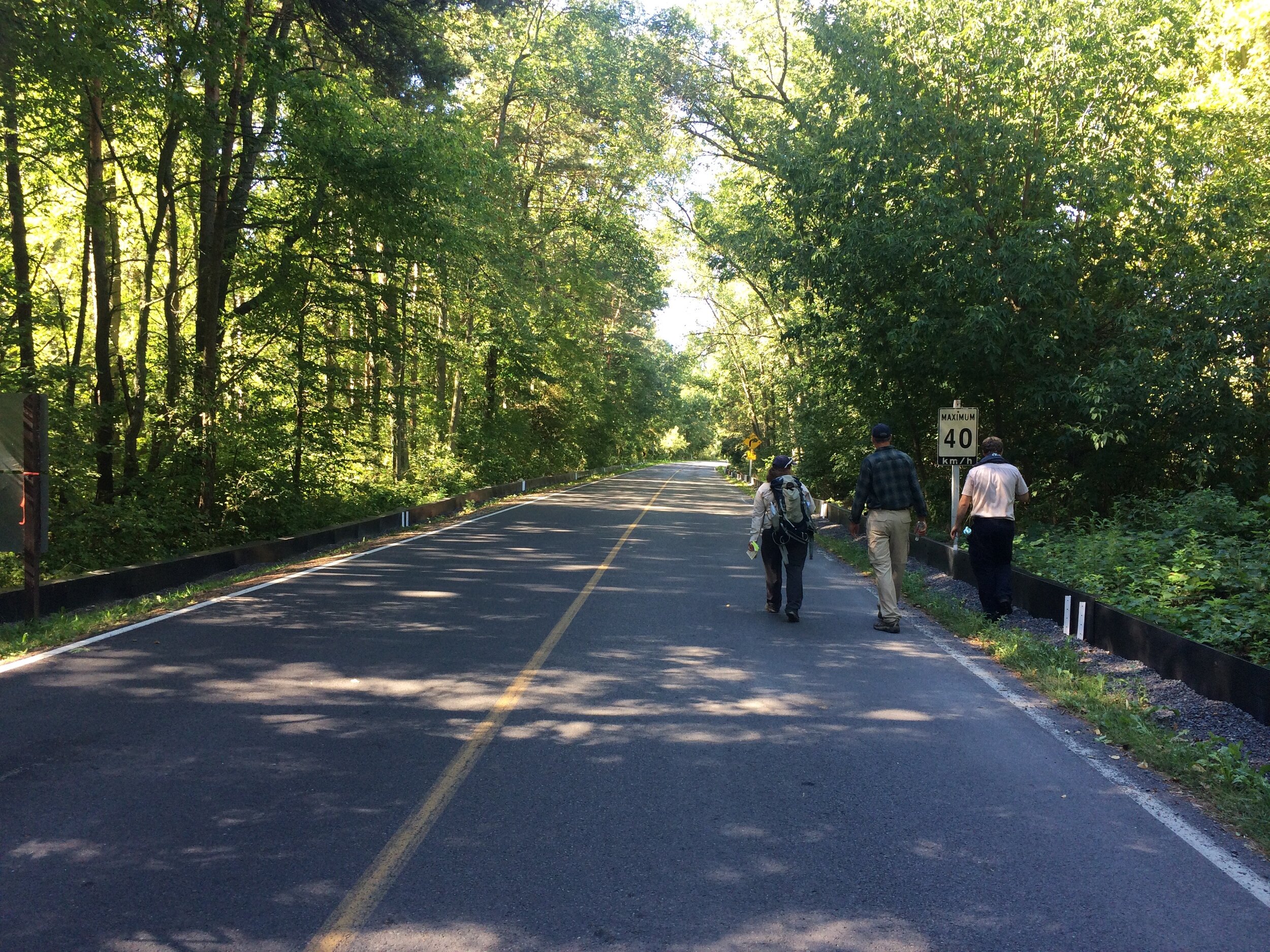
Case Studies
Sharing practical experiences.
Here you’ll find easy-to-read case studies of real-life projects and experiences from around the world to help you better plan, build and manage ecologically sustainable linear infrastructure. Case studies are written by practitioners working on road, rail, powerline and other linear infrastructure projects and showcase what worked, what failed and lessons learnt.
Case studies are listed chronologically according to when they were published here. To find information on a specific topic, please use the SEARCH function and search by keywords, including topic, species, location and author.

SHARE YOUR CASE STUDIES
Are you part of a project that other people could learn something from? If so please submit it to be featured.
Rethinking Linear Infrastructure Developement to Protect Tigers and Elephants - A Case Study in the Terai Arc Landscape
In the fast-developing Terai region that lies at the intersection of the Indo-Nepal international boundary, lies a linear tract of pristine wildlife habitat that is home to tigers, leopards, Asian elephants, and one-horned rhinoceros. Through a combination of ecological connectivity research and outreach activities, our project aims to foster partnerships across conservation and infrastructure development agencies for long-term, sustainable, and conservation-conscious infrastructure planning.
Use of sensor cameras in detecting wildlife near railway lines to prevent Train-Wildlife Collision (TWC) in Tamil Nadu, India
With effective use of AI-based sensor camera technology - patented in the name ‘e-eye’, forest staff are proactively detecting the presence of wildlife near railway tracks and sharing this information with frontline railway staff in the real-time to prevent Train-Elephant Collisions. Tamil Nadu Forest Department who initiated this innovation is highly motivated in using this technology for reducing Wildlife-Vehicle Collision (WVC) along with minimizing Human-Wildlife Conflicts (HWC) in conflict prone areas.



